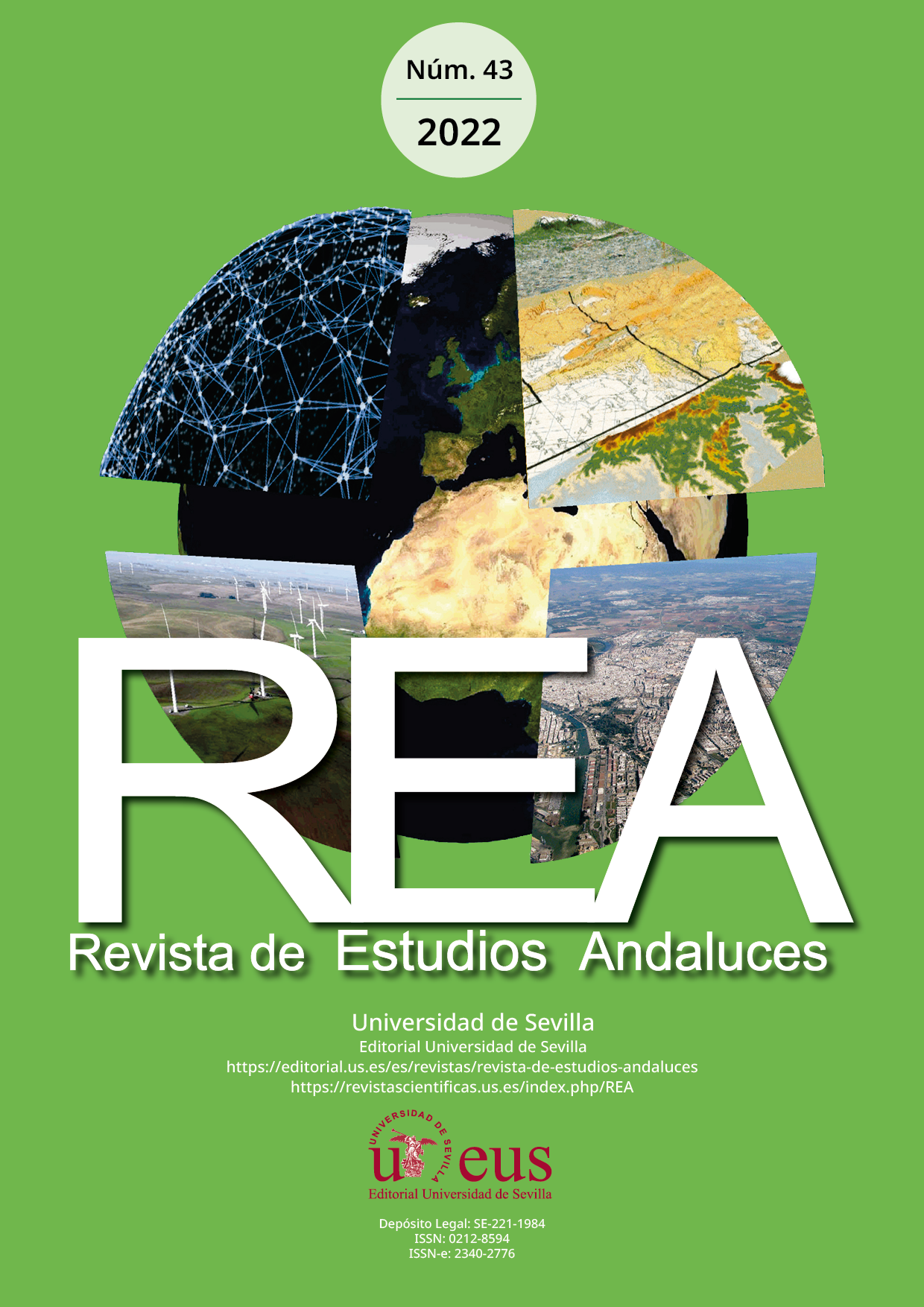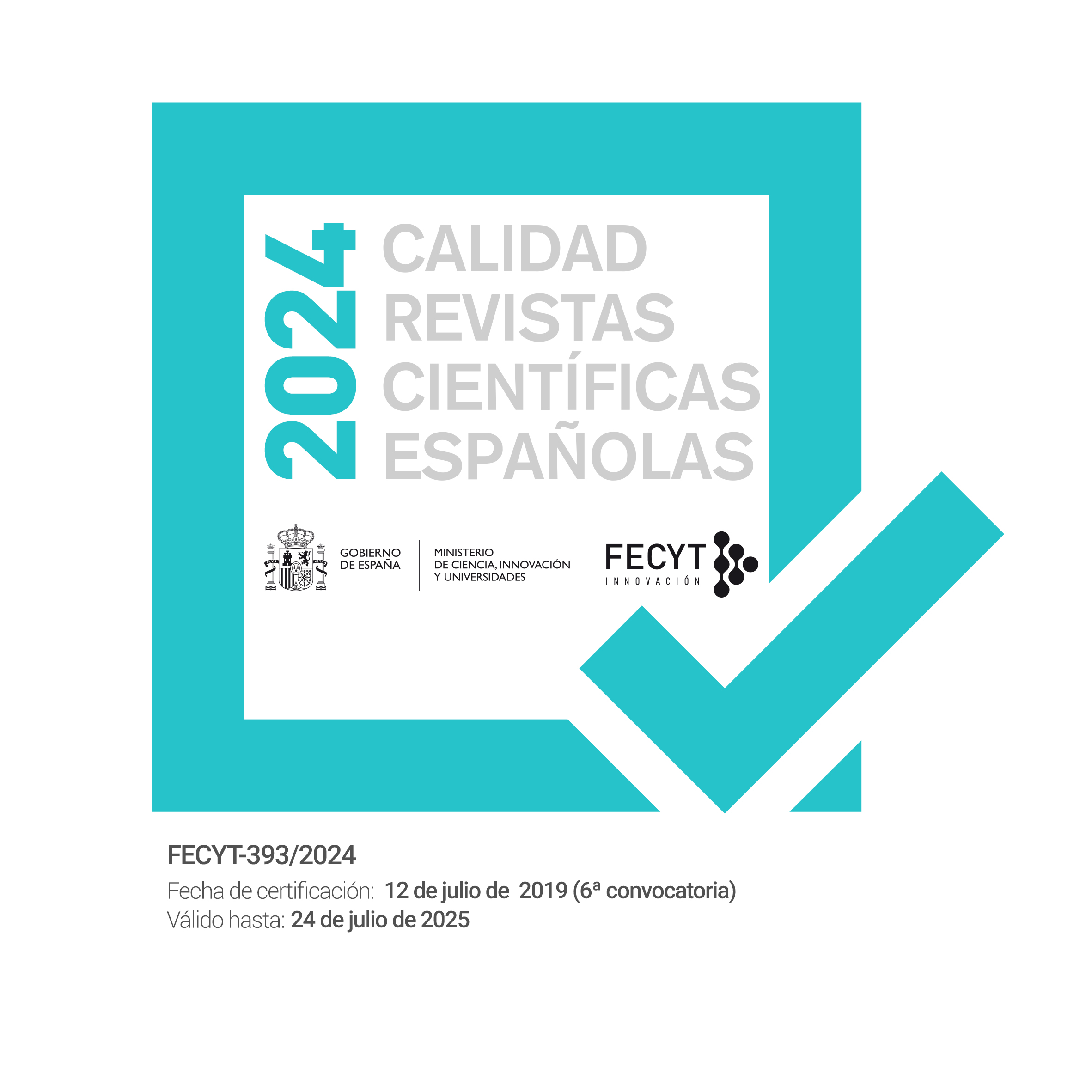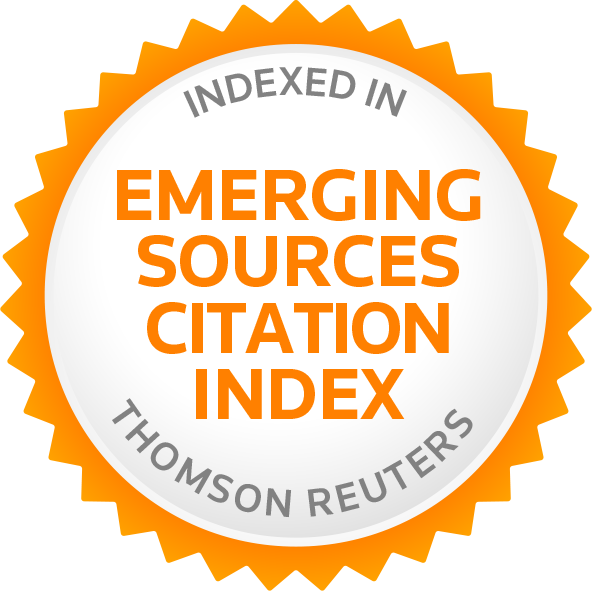Observed and projected changes in the types of bioclimatic regimes in Argentina
Palabras clave:
Bioclimatic mapping, Climate change, Ecoregions, Physical geographyResumen
The study of the bioclimatic limits is essential in each region to know the distribution of the vegetal formations. The objective of the work was to elaborate bioclimatic maps of Argentina in three periods of time (Last Glacial Maximum, current situation and climate change scenario RCP8.5 of 2070) and analyze their changes. For this, the methodology of the types of bioclimatic regimes was applied from continuous climatic databases of WordClim. As a result, a reduction in the surface of the mesocryophilic, hypercryophilic and cryophilic thermal types was observed between the Last Glacial Maximum and the present day and the thermophile appears in the future scenario. This research is a contribution to the understanding of the distribution of vegetation on a national scale and its dynamics.
Descargas
Descargas
Publicado
Cómo citar
Número
Sección
Licencia
Derechos de autor 2022 Revista de Estudios Andaluces

Esta obra está bajo una licencia internacional Creative Commons Atribución-NoComercial-CompartirIgual 4.0.
La edición electrónica de la Revista de Estudios Andaluces se ofrece en acceso abierto desde el número 28 publicado en 2011 hasta la actualidad. Las ediciones impresa y electrónica de esta Revista son editadas por la Editorial de la Universidad de Sevilla, siendo necesario citar la procedencia en cualquier reproducción parcial o total.
La Revista de Estudios Andaluces no cobra tasas por el envío de trabajos, ni tampoco cuotas por la publicación de sus artículos. La Revista es gratuita desde el momento de la publicación de cada número y sus contenidos se distribuyen con la licencia “CreativeCommons Atribución-NoComercial-SinDerivar 4.0 Internacional” , que permite al usuario de la Revista de Estudios Andaluces criterios que cumplen con la definición de open access de la Declaración de Budapest en favor del acceso abierto. Puede consultar desde aquí la versión informativa y el texto legal de la licencia. Esta circunstancia ha de hacerse constar expresamente de esta forma cuando sea necesario.







